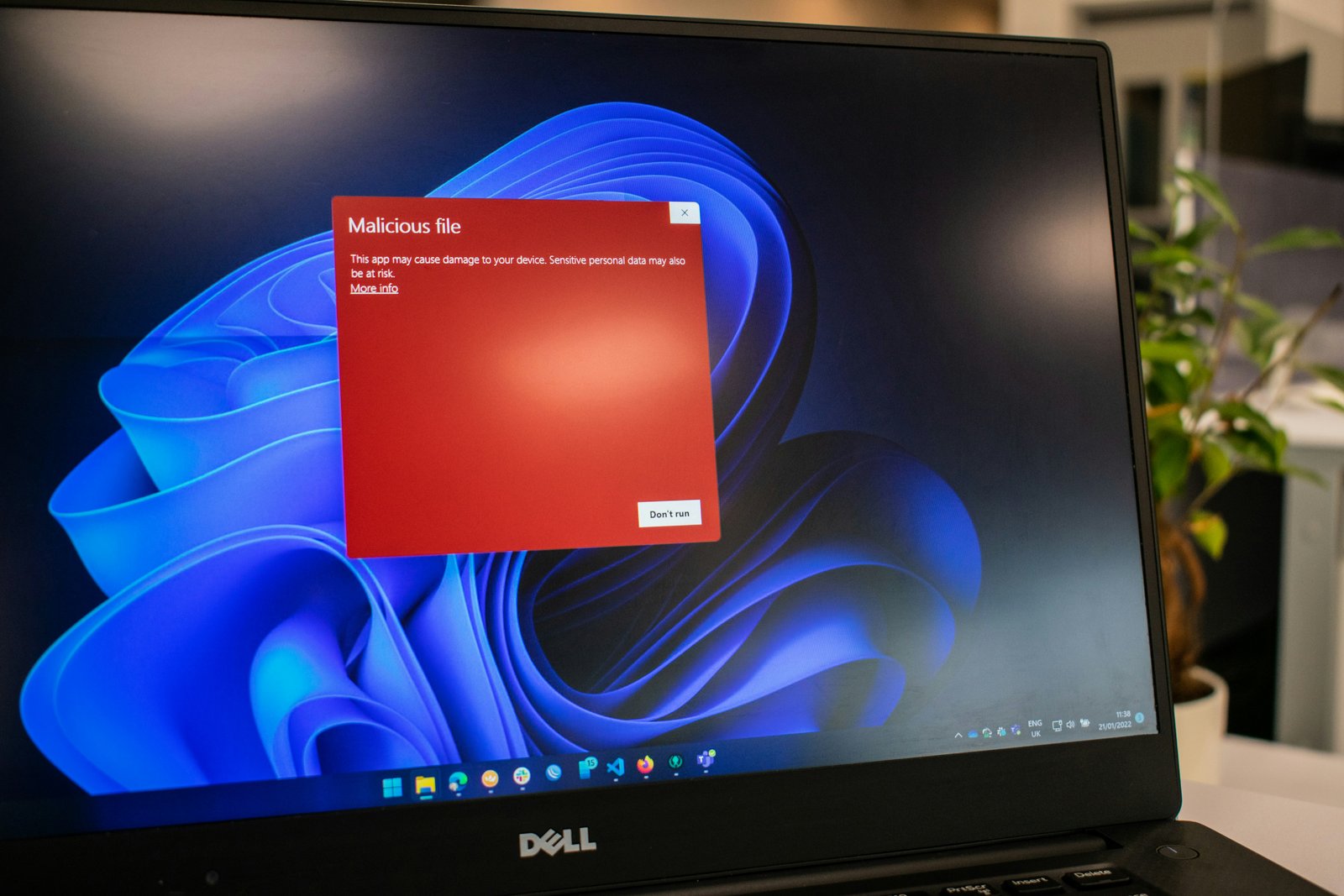Unmasking Modern Malware: Advanced Analysis Techniques for 2025

Introduction:
Cybercrime continues to grow in complexity, and malware remains one of the most dangerous tools in a hacker’s arsenal. From ransomware that cripples entire networks to spyware that secretly collects information, malicious software is constantly evolving. In 2025, malware analysis stands as a vital discipline, enabling cybersecurity professionals to uncover new threats and strengthen digital defenses.
What is Malware Analysis?
Malware analysis involves examining malicious programs to understand how they function, what they target, and how they can be neutralized. By analyzing their inner workings, experts can identify weaknesses, build countermeasures, and prevent similar attacks from succeeding in the future. This process is crucial for protecting organizations, governments, and individuals in an increasingly digital world.
Why Malware Analysis Matters in 2025
With the growing adoption of cloud computing, artificial intelligence, and the Internet of Things (IoT), the attack surface for cybercriminals has expanded dramatically. These innovations make life easier but also create new vulnerabilities for exploitation.
Today’s malware is no longer designed simply to cause chaos—it’s often created for profit, surveillance, or political influence. To combat these evolving threats, experts employ advanced malware analysis methods that go far beyond conventional antivirus software.
Core Techniques in Malware Analysis
Analysts typically use three main techniques to investigate and understand malware:
1. Static Analysis
This method examines the malware without executing it. Analysts review the file’s code, metadata, and internal structures to identify suspicious commands or hidden elements. Static analysis is safe and efficient, but it may not reveal how the malware behaves in a live environment.
2. Dynamic Analysis
In this approach, the malware is run in a secure, isolated setting (known as a sandbox) to observe its actions. Experts monitor file changes, system processes, and network activity to uncover its true intent and potential damage.
3. Hybrid Analysis
Hybrid analysis merges both static and dynamic methods to provide a complete understanding of malware behavior. In 2025, this combination is widely considered the most effective technique, enabling faster detection of sophisticated or zero-day threats.
Latest Innovations in Malware Analysis
As threats grow more advanced, malware analysis is evolving through several cutting-edge approaches:
- AI-Driven Detection: Machine learning models analyze massive datasets to detect unusual activity or code signatures faster than human analysts.
- Cloud Sandboxing: Cloud-based environments allow experts worldwide to test malware safely and share insights instantly.
- Behavioral Profiling: Instead of identifying malware by its code, analysts focus on its actions—making it much harder for attackers to hide.
- Threat Data Collaboration: Security teams and organizations exchange malware samples and intelligence reports, creating a stronger global defense network.
Real-World Malware Incidents in 2025
Several major cases this year have shown how vital malware analysis is to cybersecurity response efforts:
- A major ransomware attack on a European healthcare network was mitigated after experts reverse-engineered the malware and developed a working decryptor tool.
- Security researchers uncovered a new family of banking trojans targeting mobile wallets and payment apps, emphasizing the importance of mobile security.
- A stealthy spyware operation leveraged AI-generated messages to disguise communications, highlighting how cybercriminals are adopting emerging technologies.
The Role of Malware Analysis in Everyday Security
The work of malware analysts doesn’t just protect large corporations—it directly benefits everyday users. Security updates, fraud alerts, and even email spam filters are powered by insights gained from malware research.
Each discovery helps build better antivirus tools, patch vulnerabilities, and raise awareness about online safety, reducing the success rate of future attacks.
Conclusion
As cybercriminals continue to innovate, malware analysis remains a cornerstone of digital defense in 2025. With the integration of AI, machine learning, and global collaboration, analysts are staying ahead of increasingly complex attacks.
Whether you’re a business owner, IT professional, or everyday internet user, understanding the value of malware analysis—and supporting strong cybersecurity practices—helps keep the digital ecosystem safe for all.
In an age where data is power, malware analysis is the key to defending it.